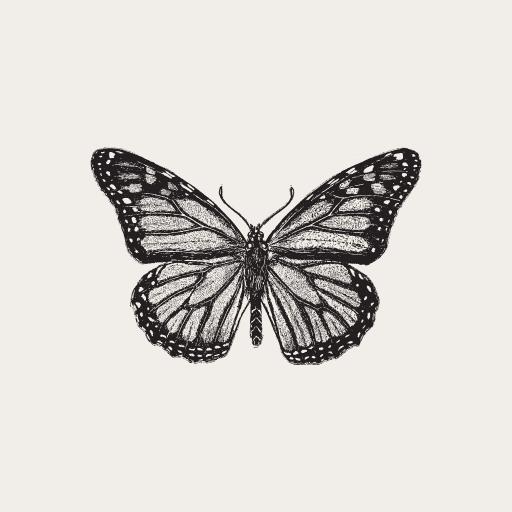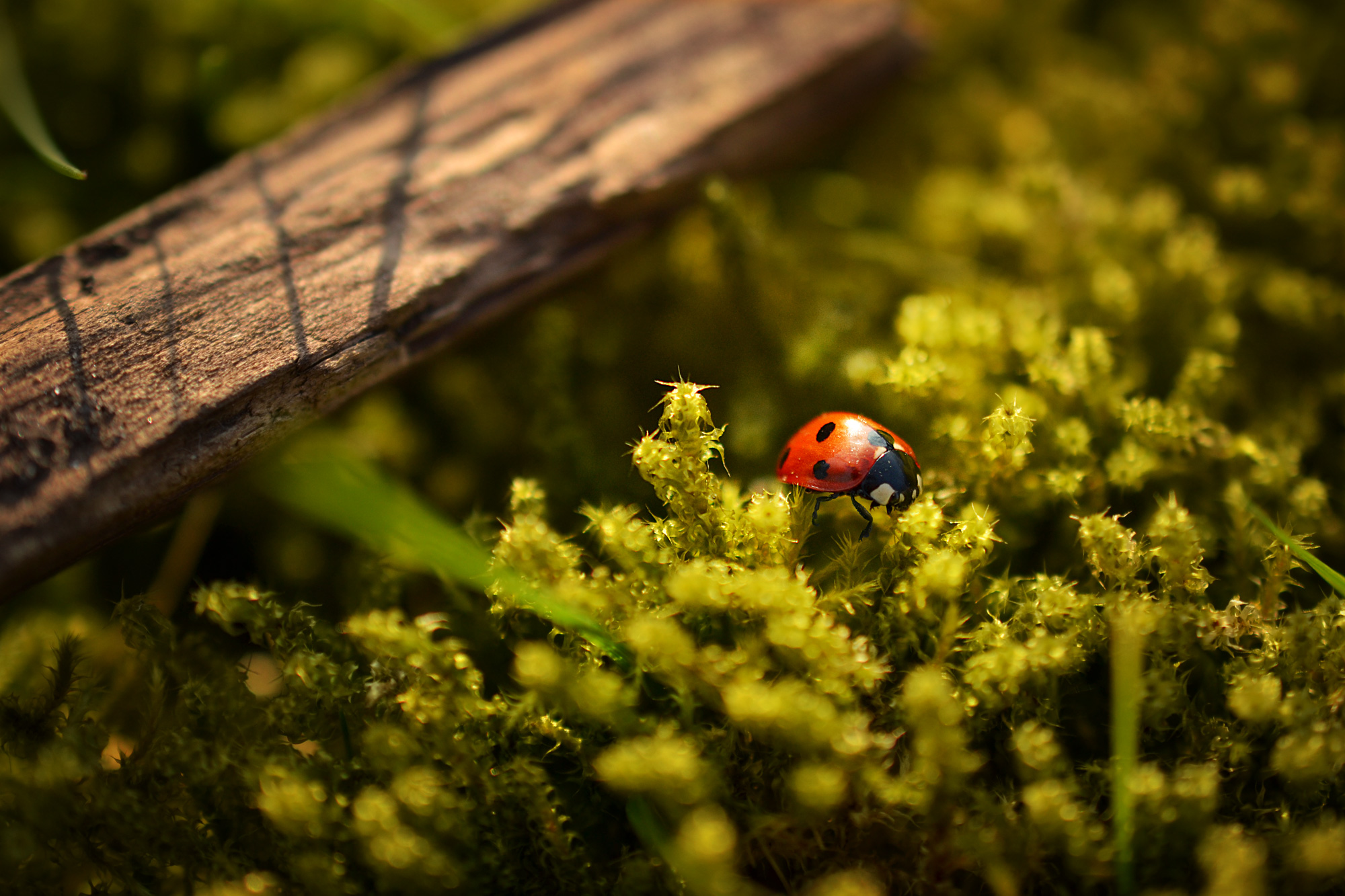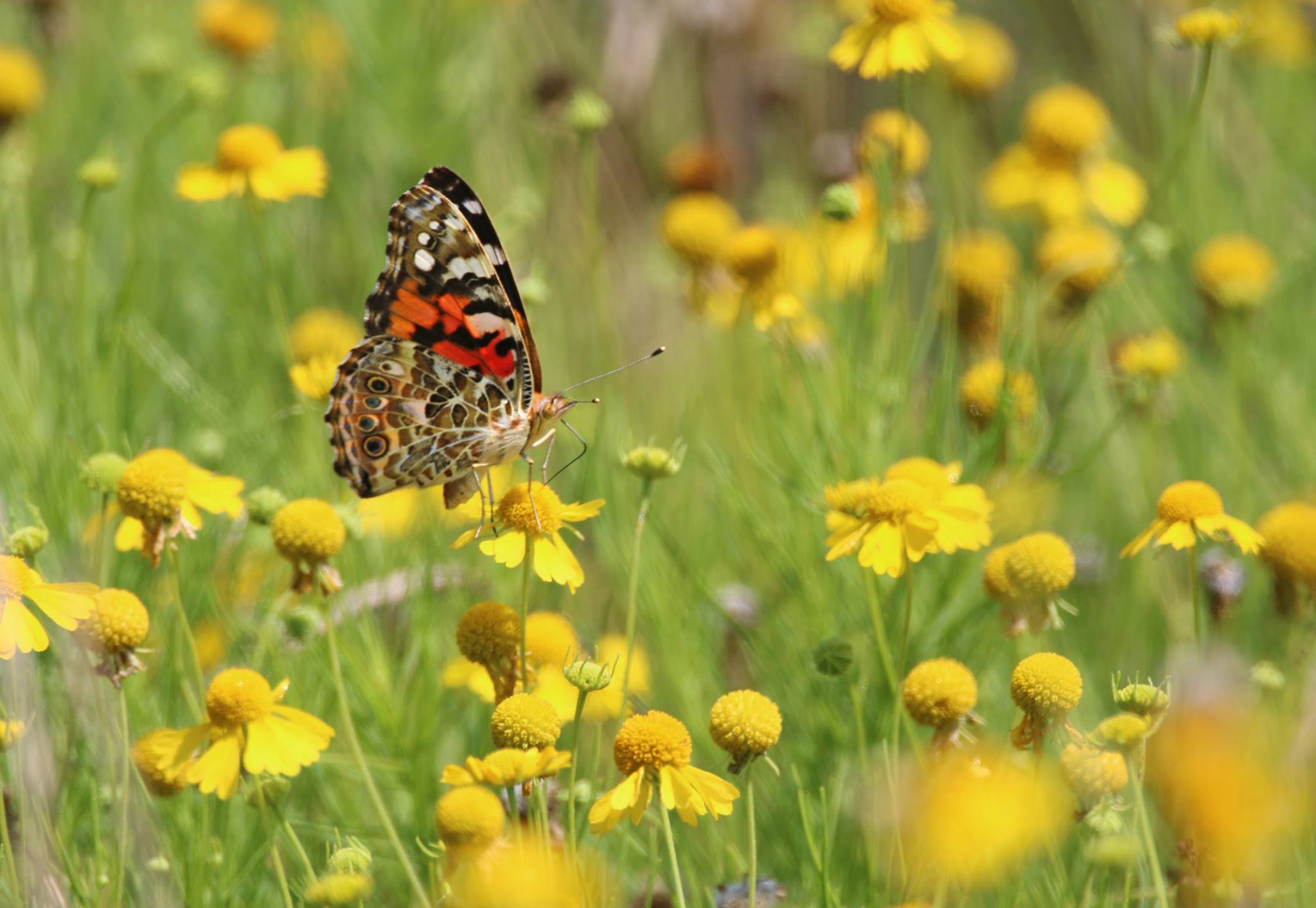Supporting Bees and Butterflies with Native Plants
Pollinators, like bees and butterflies, are the unsung heroes of our ecosystems. They carry out the critical task of fertilizing plants, ensuring that flowers, fruits, and seeds grow. Without them, much of our natural world, as well as our food systems, would falter. But pollinators are in trouble—habitat loss, pesticide use, and climate change all contribute to their decline. The good news is that each of us can help by creating gardens that cater to these essential creatures. By designing a pollinator-friendly native garden, you can play an active role in the conservation of these vital species.
Why Pollinator Gardens Matter
Our pollinators are facing unprecedented challenges. Habitat destruction, largely driven by urban development and agriculture, has made it increasingly difficult for these creatures to find food, shelter, and safe nesting spaces. Pesticides, though often used to control garden pests, also harm the very creatures we’re trying to protect. But it’s not too late. By planting native plants and following a few simple design principles, we can create havens for pollinators and help reverse some of the damage.
A pollinator-friendly garden goes beyond just aesthetics. These spaces directly contribute to local biodiversity, help improve soil health, and foster a sense of connection to nature. Pollinators, in turn, enhance the resilience of ecosystems by enabling the reproduction of plants, some of which are crucial for the survival of other wildlife. So, when you design for pollinators, you’re investing in the health of the entire environment.
Best Practices for Designing a Pollinator-Friendly Native Garden
1. Select Native Plants: Pollinators thrive on plants that have evolved alongside them. Native plants offer the nectar and pollen that bees, butterflies, and other pollinators need. Consider species like milkweed, which supports monarch butterflies, or purple coneflowers, which attract bees. By choosing native varieties, you’re ensuring that your garden is not only beautiful but functional for pollinators.
2. Create Layers in Your Garden: Just like the natural world, your garden should have layers—tall plants, shrubs, and groundcovers. These different levels provide shelter and food for a variety of pollinators. For example, bees may seek shelter in low-lying plants, while butterflies may prefer taller flowers to rest on.
3. Provide Water Sources: Pollinators, especially bees, need water. Consider adding a shallow birdbath or a small pond to your garden to offer them a refreshing drink. This small addition can make a big difference in creating a hospitable environment for these creatures.
4. Consider Bloom Times: To support pollinators year-round, plant flowers that bloom in different seasons. Early spring bloomers like crocuses and late autumn flowers like goldenrods will provide sustenance when other food sources are scarce.
5. Avoid Pesticides: Conventional pesticides are deadly to pollinators. Opt for organic gardening methods and embrace natural pest control. Techniques like companion planting or introducing beneficial insects can help manage pests without harming pollinators.
6. Create Shelter and Nesting Sites: Pollinators also need safe spaces to nest. Leave parts of your garden wild—piles of leaves or brush, undisturbed soil, or hollow stems for solitary bees. These simple additions can turn your garden into a sanctuary.
7. Diversity and Habitat Connectivity: The more diverse your garden, the more species it can support. Create a connected habitat by planting a mix of flowers, shrubs, and trees. This offers a broader range of food and shelter for pollinators, which are more likely to thrive in interconnected green spaces.
Bringing Beauty to Your Pollinator Garden
While the primary purpose of your garden may be ecological, there’s no reason it can’t be beautiful. As someone who loves both nature and art, I find it incredibly rewarding to blend creativity with conservation. Use colors, shapes, and patterns that appeal to both pollinators and humans. Vibrant, clustered blooms mimic the wild beauty of natural habitats, while artistic touches—like a gently curving path or whimsical garden markers—add charm to the garden without disrupting its function.
Designing a garden for pollinators doesn’t have to be difficult. Start small, choose the right plants, and provide shelter, water, and diverse habitats. As the seasons change, watch as your garden transforms into a haven for bees, butterflies, and other pollinators. And remember, even the smallest garden can make a difference.
How to Get Started
Starting your pollinator garden may feel like a big task, but it doesn’t have to be. Begin by selecting just a few native plants that attract pollinators. Over time, you can expand your garden and incorporate additional elements like water features or nesting sites. Resources like local nurseries or online native plant societies can guide you toward the best plants for your region. As you nurture your pollinator-friendly garden, remember that every small step matters.
A Garden That Reflects Our Shared Responsibility
The challenges pollinators face can feel overwhelming, but by taking action and creating pollinator-friendly gardens, we can make a meaningful difference. Each flower you plant, each step you take toward supporting these creatures, adds up to something larger than you might imagine. Together, we can create a world that supports the delicate dance of pollination and ensures that future generations can enjoy the beauty of bees and butterflies.
Every time I plant a flower that attracts pollinators, I am reminded that our small actions ripple outward, connecting us to a larger world that needs us. This isn’t just about creating a beautiful garden. It’s about taking part in a movement that nurtures the delicate balance of life on Earth. Our gardens, like our lives, can be spaces of creation, connection, and care. When we design with intention and heart, we not only shape the world around us, but we also honor the creatures that help sustain it.



